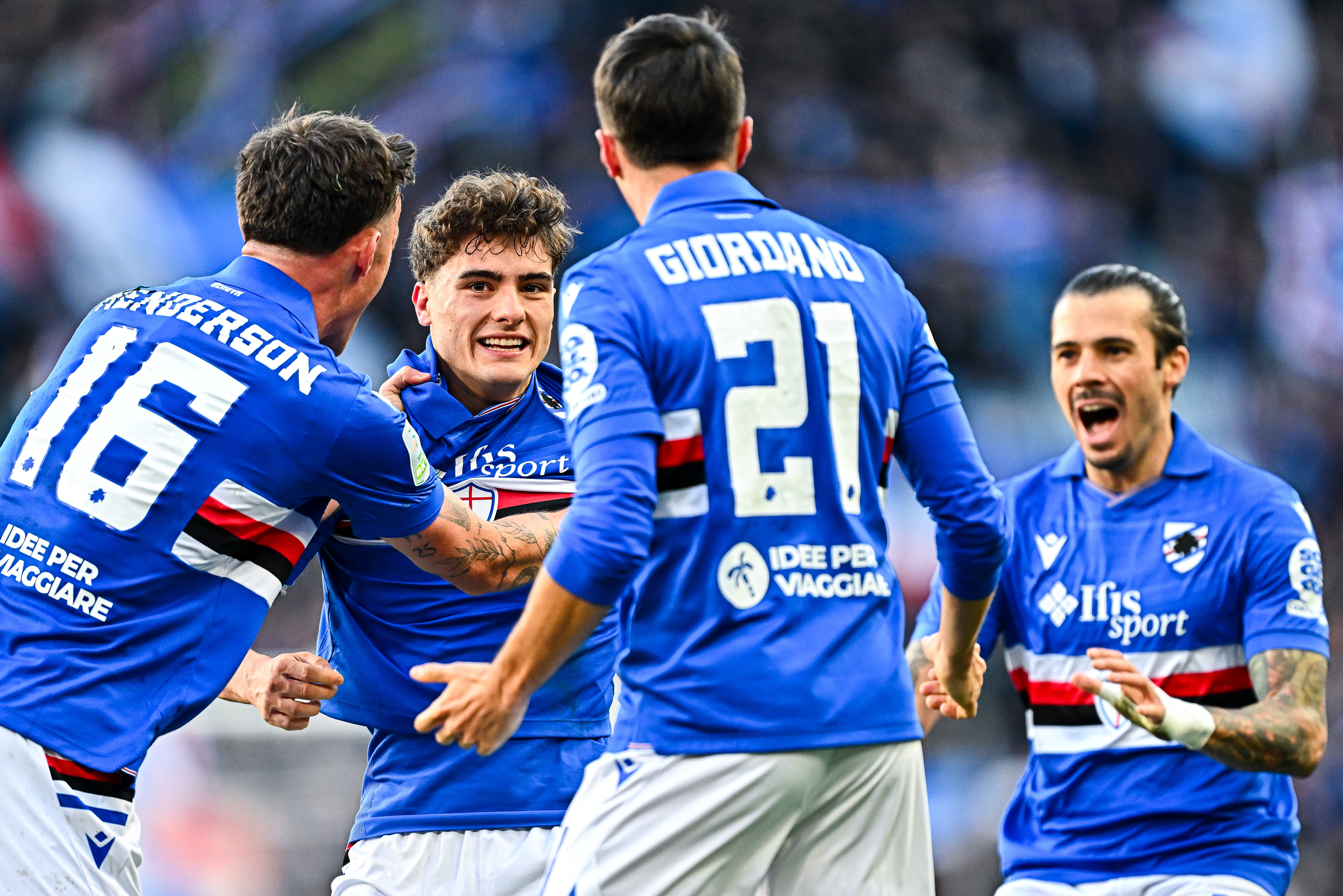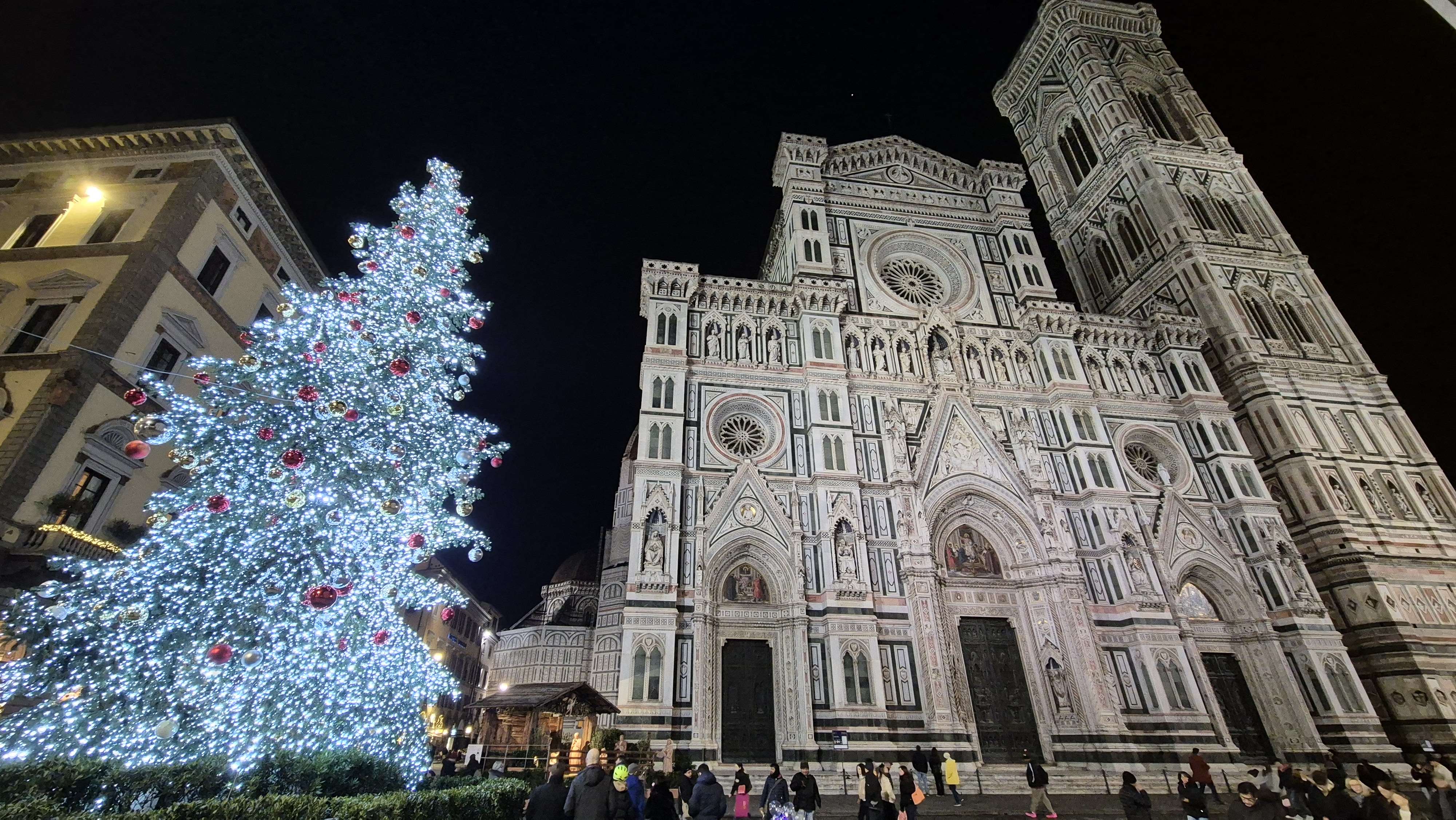
There’s a saying, ‘Rome is the heart of Italy and Naples is the soul’ and what this city lacks in delicate romanticism, it makes up with an authentic and unapologetically raw attitude to Italian life.
Naples is one of the most densely populated cities in Europe and runs at its own pace – chaotic, often off-schedule and without a care in the world.
Despite all of its shortcomings – abysmal driving, non-stop honking and the odd dark street to avoid – there’s an energy to Napoli that’s intoxicating. If New York is the city that never sleeps, Naples is the city that doesn’t want to sleep.
At the heart of the city beats the iconic football team, SSC Napoli. Cast your minds back to 2023, when Luciano Spalletti and Giovanni Di Lorenzo led the Partenopei through the streets of the Spanish Quarter, then to the days of Diego Armando Maradona, the man in which Napoli’s home stadium is named after. Here’s our Maradona stadium guide, handy for Como 1907 fans. Placed 1st and 10th (at the time of writing), the two sides meet this Friday in Serie A.
Napule
Over 2000 years old, Naples offers an intoxicating blend of history, art, and gastronomy, all set against a backdrop of dramatic landscapes. Whether you’re here to explore ancient ruins, savour a slice of authentic pizza, or simply soak up the vibrant atmosphere, Naples is sure to leave an impression that lasts long after you’ve left.
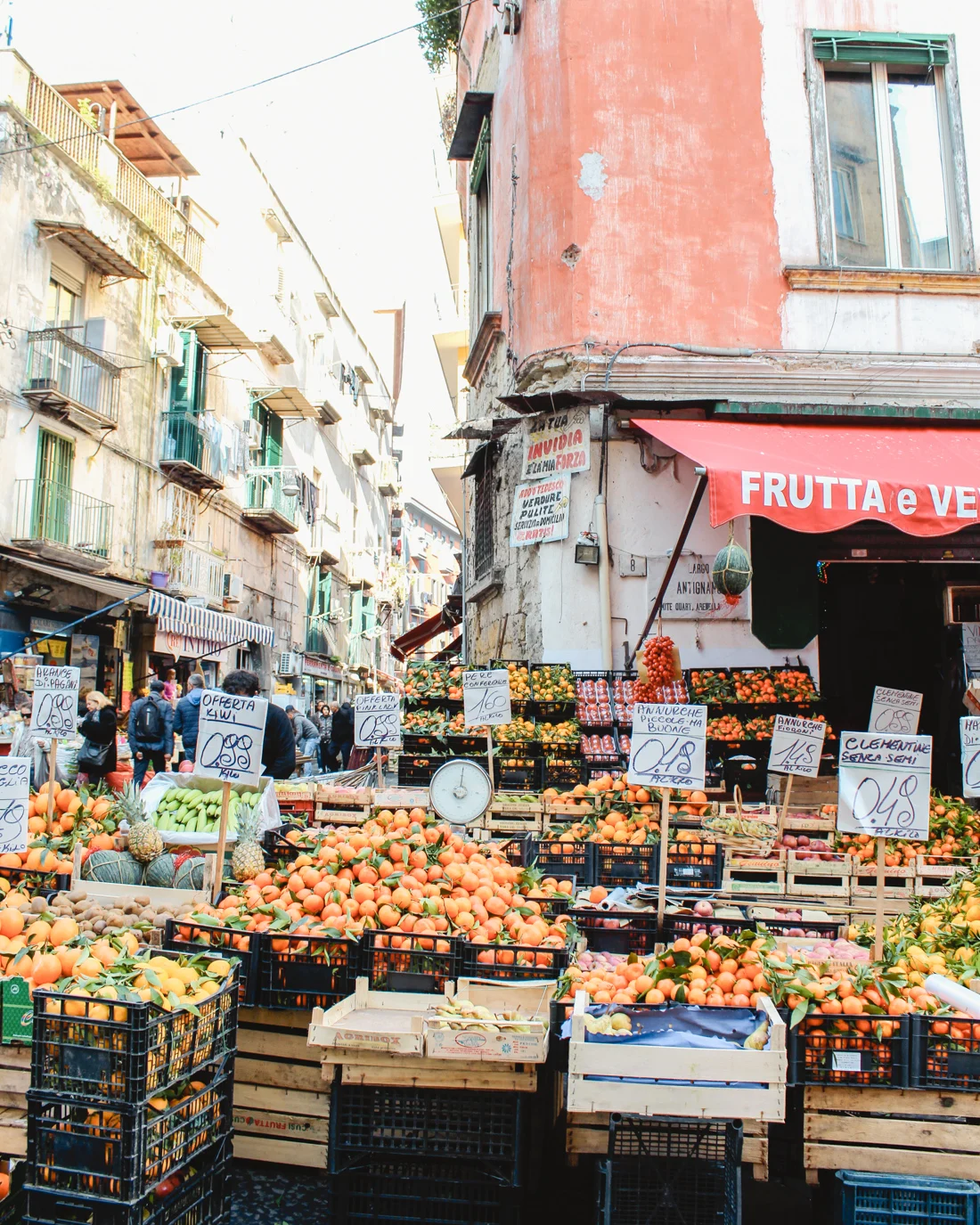
Top Attractions in Naples
Castel dell’Ovo: Perched on the Bay of Naples, this seaside fortress offers breathtaking views of the Gulf and Vesuvius. Its name translates to ‘Egg Castle’ due to the legend that the Roman poet Virgil placed a magical egg in its foundations.
Naples Underground (Napoli Sotterranea): A journey 40 meters below the city reveals an ancient Greek-Roman aqueduct system, WWII shelters, and tunnels carved out of volcanic rock.
Royal Palace of Naples (Palazzo Reale): Explore the opulence of Bourbon Naples at this grand palace, which features beautifully preserved interiors and an impressive collection of art and artefacts.
The Maradona Museum: is a tribute to the football legend’s illustrious career and his deep connection with the city. Located just metres from the Murales Maradona, the museum houses a collection of personal memorabilia, including his iconic No. 10 Napoli jersey, trophies, and rare photographs. Our Maradona Museum podcast is coming soon.
Diego Maradona murals: These murals have become pilgrimage sites for fans, symbolising Maradona’s legendary status and his lasting legacy in Naples, where he is celebrated as a hero both on and off the pitch. The most famous mural is located in the Spanish Quarter on Via Emanuele de Deo, where Maradona’s image, painted by local artist Mario Filardi in 1990, looms over the narrow streets. Another prominent mural is found in San Giovanni a Teduccio, a large, vibrant portrait created by Argentinian artist Jorit Agoch. Here is our podcast from the Murales Maradona.
Naples National Archaeological Museum: One of the most important archaeological museums in the world, housing incredible treasures from Pompeii and Herculaneum. The Farnese Collection here is also renowned for its ancient sculptures.
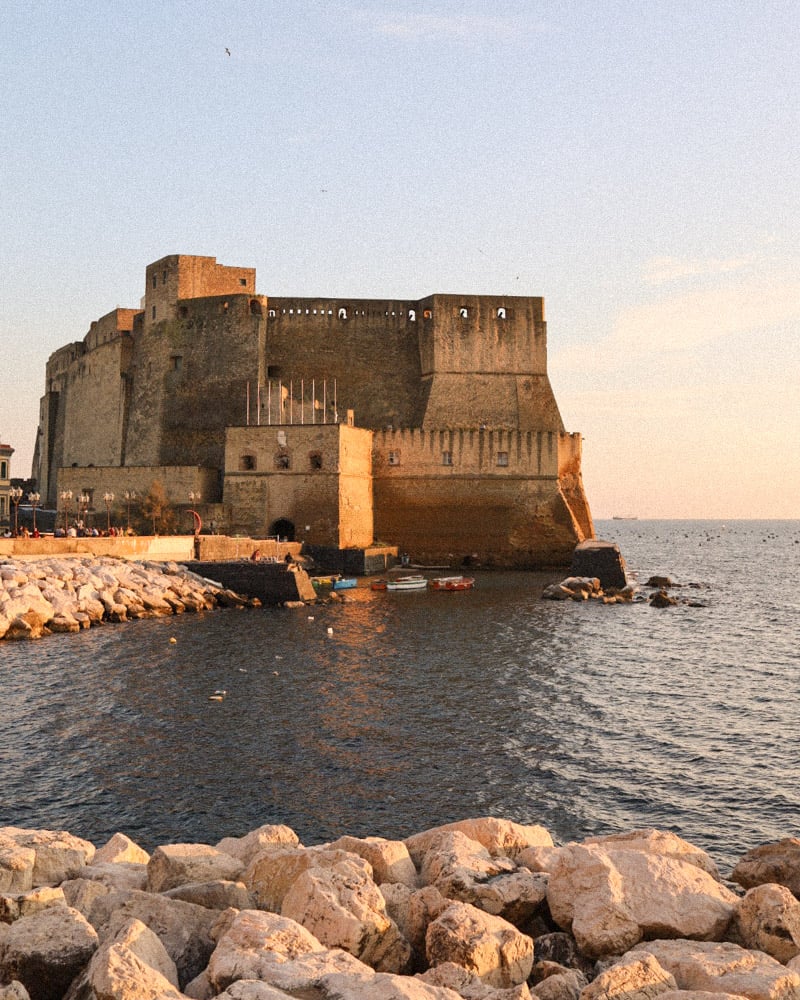
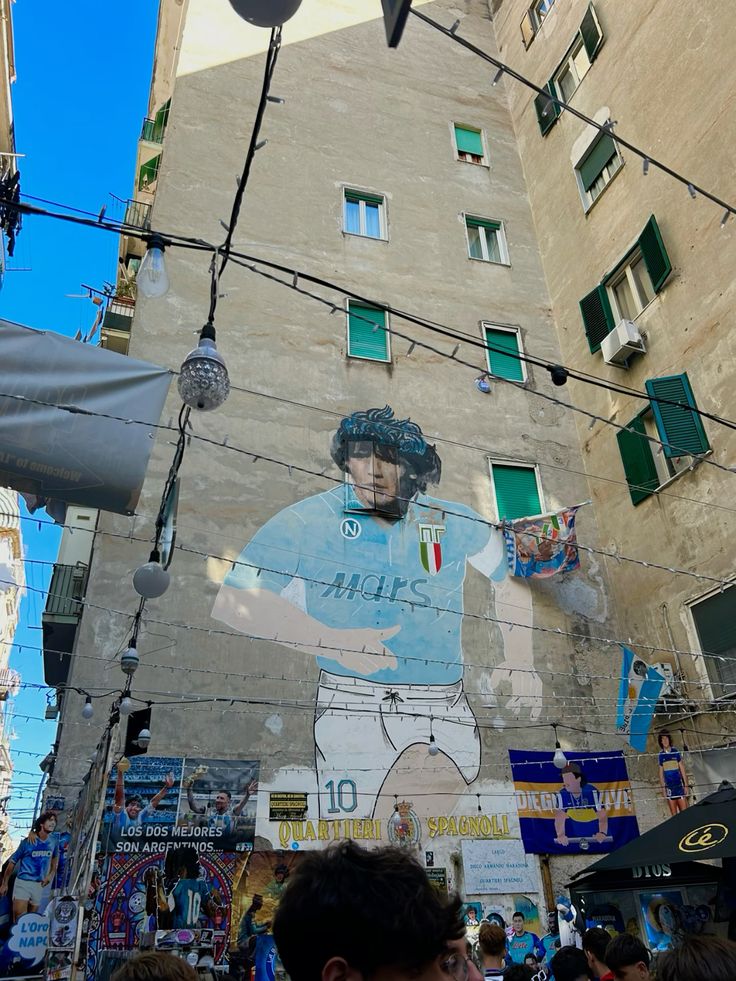
Napoli’s Famous Cuisine: What to Eat
Naples is the birthplace of some of Italy’s most iconic dishes, and it’s a paradise for food lovers. Here are some of the must-try local delicacies:
Pizza Margherita: Naples is the birthplace of pizza, and the classic Pizza Margherita (tomato, mozzarella, basil) reigns supreme. Head to one of the many pizzerias to experience its thin, chewy crust cooked in a wood-fired oven.
Sfogliatella: A flaky, layered pastry stuffed with sweetened ricotta and citrus flavours. There are two main types: the crispy, shell-shaped Sfogliatella Riccia and the smoother Sfogliatella Frolla.
Baba al Rum: A sponge cake soaked in rum, often served with whipped cream or pastry cream. It’s a sweet treat that perfectly captures the spirit of Neapolitan indulgence.
Fish Parmigiana: thin layers of aubergine (eggplant) surrounded by fresh local fish from the Bay of Naples, sampled by the Destination Calcio team in 2024.
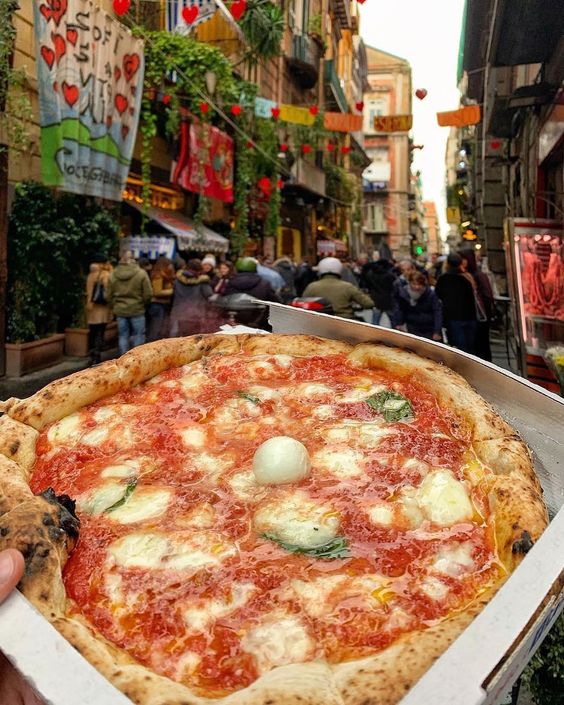
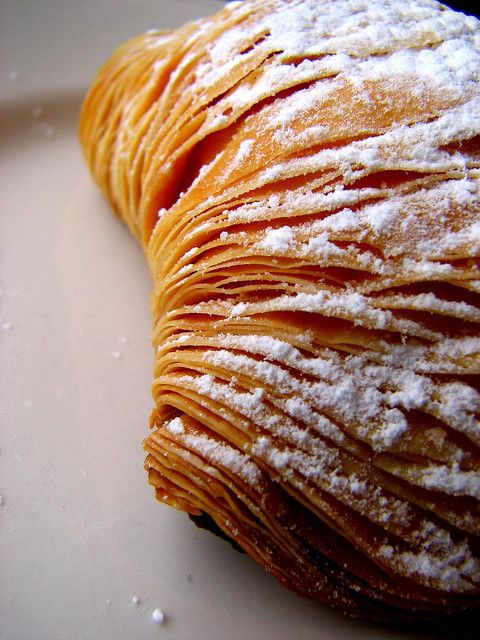
Exploring Naples
Public Transportation: Naples has an extensive bus, tram, and metro network, with the Metro Line 1 often being the most convenient for tourists. If you plan to explore several sights, consider getting the Artecard, which offers discounted access to museums and public transport.
Best Time to Visit: Naples is a year-round destination, but the best time to visit is in the spring (April to June) or autumn (September to October) when the weather is mild, and the crowds are fewer.
Safety: Despite its reputation, Naples is safe, but as with any large city, it’s wise to stay alert. Be cautious in crowded areas and keep an eye on your belongings.
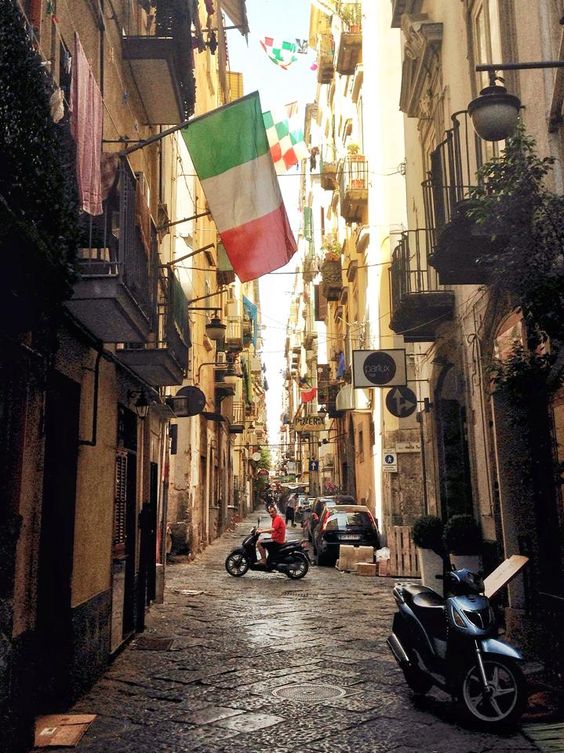
Getting to Naples from the Airport
The main entry point for international visitors to Naples is the Naples International Airport (Aeroporto di Napoli-Capodichino), around four miles from the city centre.
With the choice of the Alibus Shuttle, a fixed-rate taxi or private transfer, it’s simple and easy to make your way into the heart of the city.
Crazy for Calcio?
The atmosphere at the Maradona stadium is electric, especially during important matches. The Curva A and Curva B sections are where the most passionate supporters gather, chanting and waving flags for the entire match. If you want the most intense experience, try to grab seats here!
Stadio Diego Armando Maradona is located in the Fuorigrotta district of Naples. It’s easily accessible by public transportation, particularly by the Naples Metro Line 2 (get off at Campi Flegrei station), which is just a short walk from the stadium.
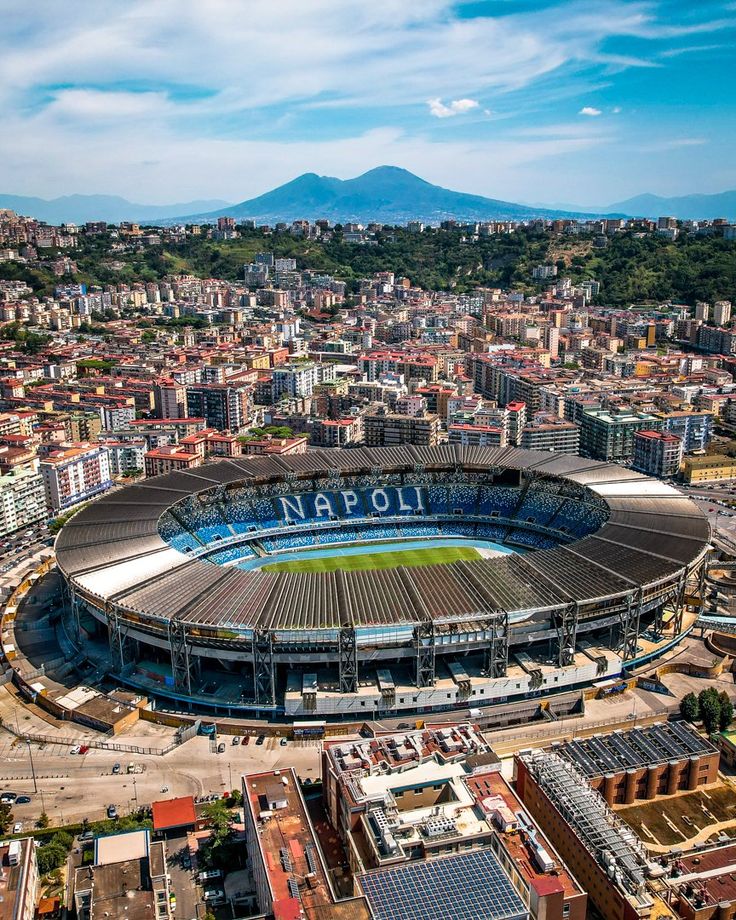
Related Articles
Related Articles
The Serie B season reaches halfway when the action returns after the winter break, with more live matches to look forward to on DCTV.
Florence is a dream destination year-round, but visiting during the winter months offers a completely different and magical experience.
We get a local take on what's hot in Cremona - where to eat and drink, sights to see and handy hints that might not be in the tourist guides.


